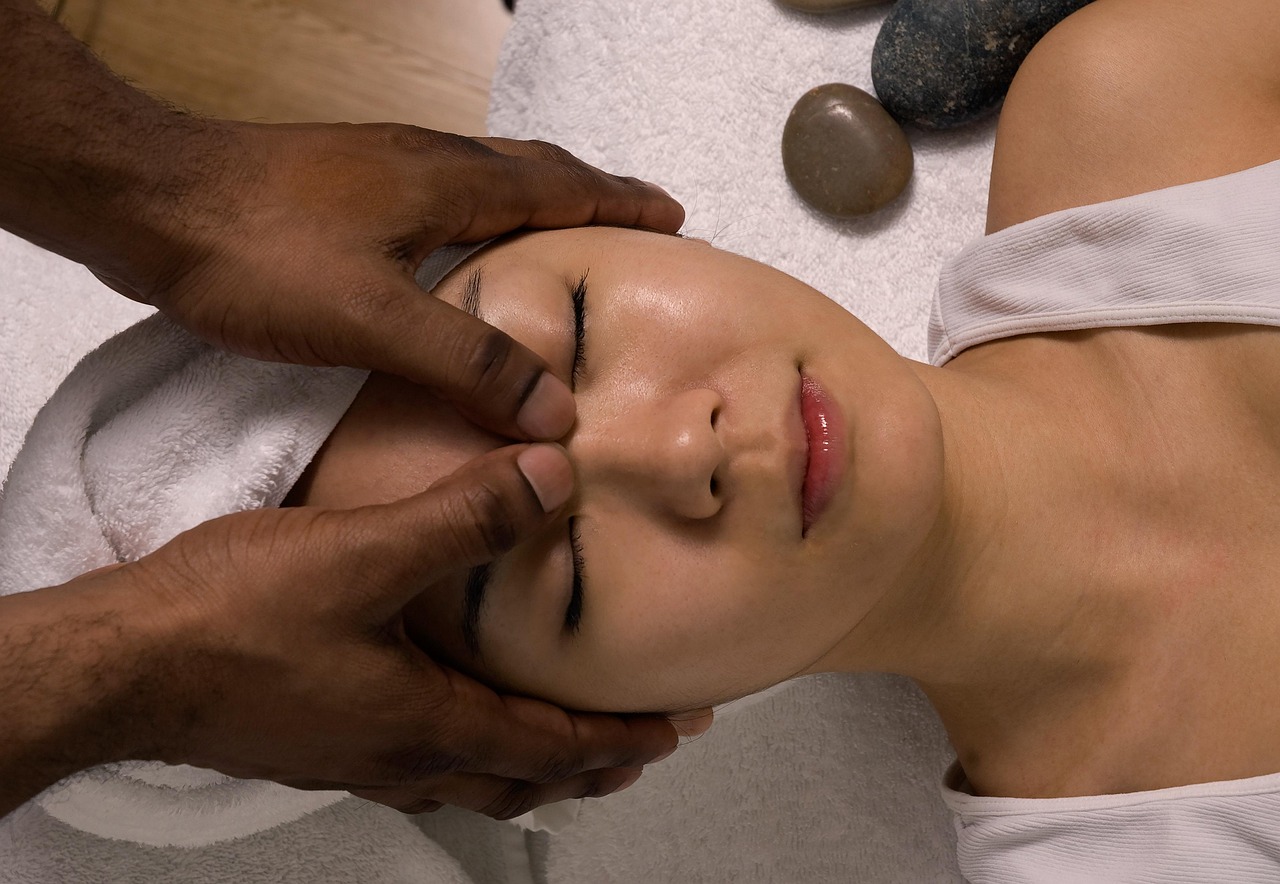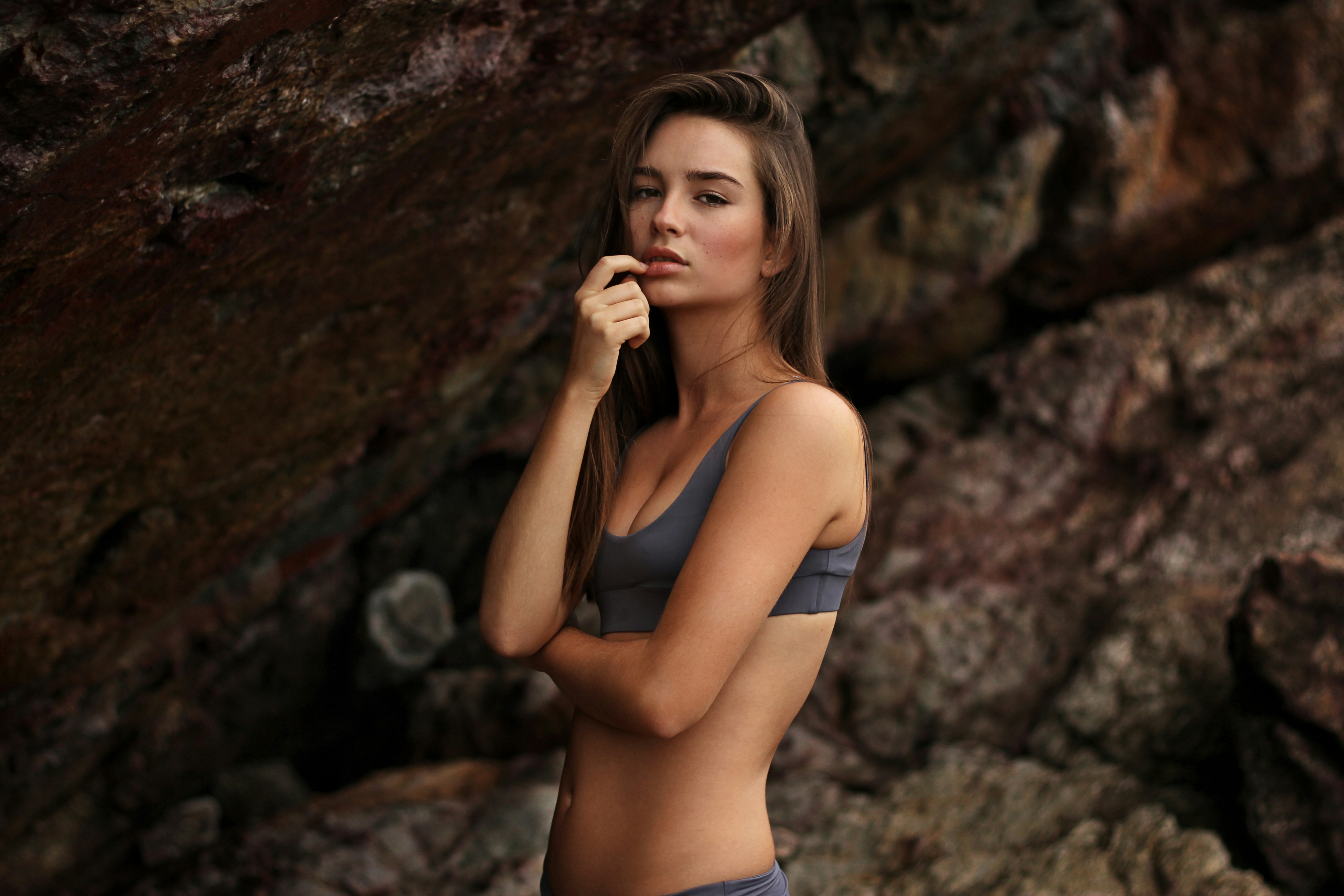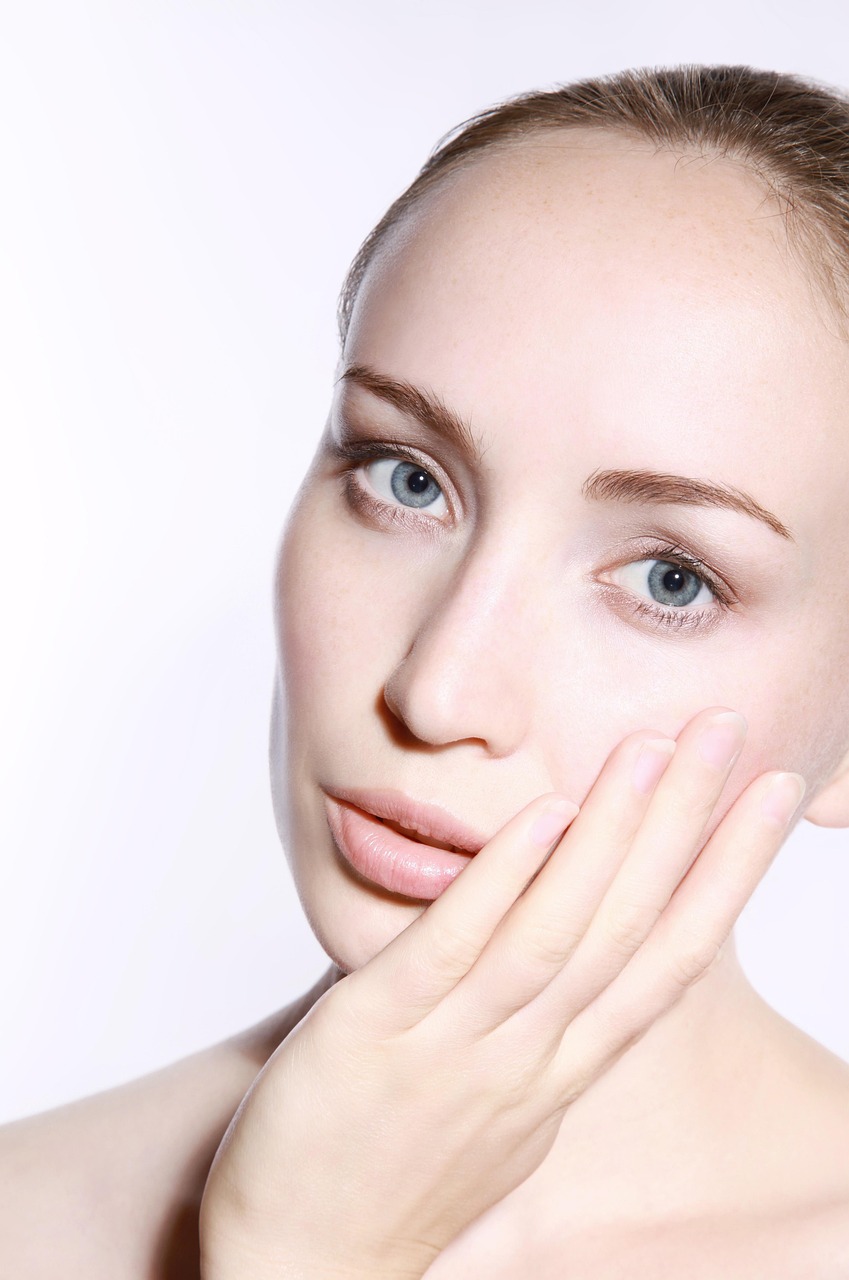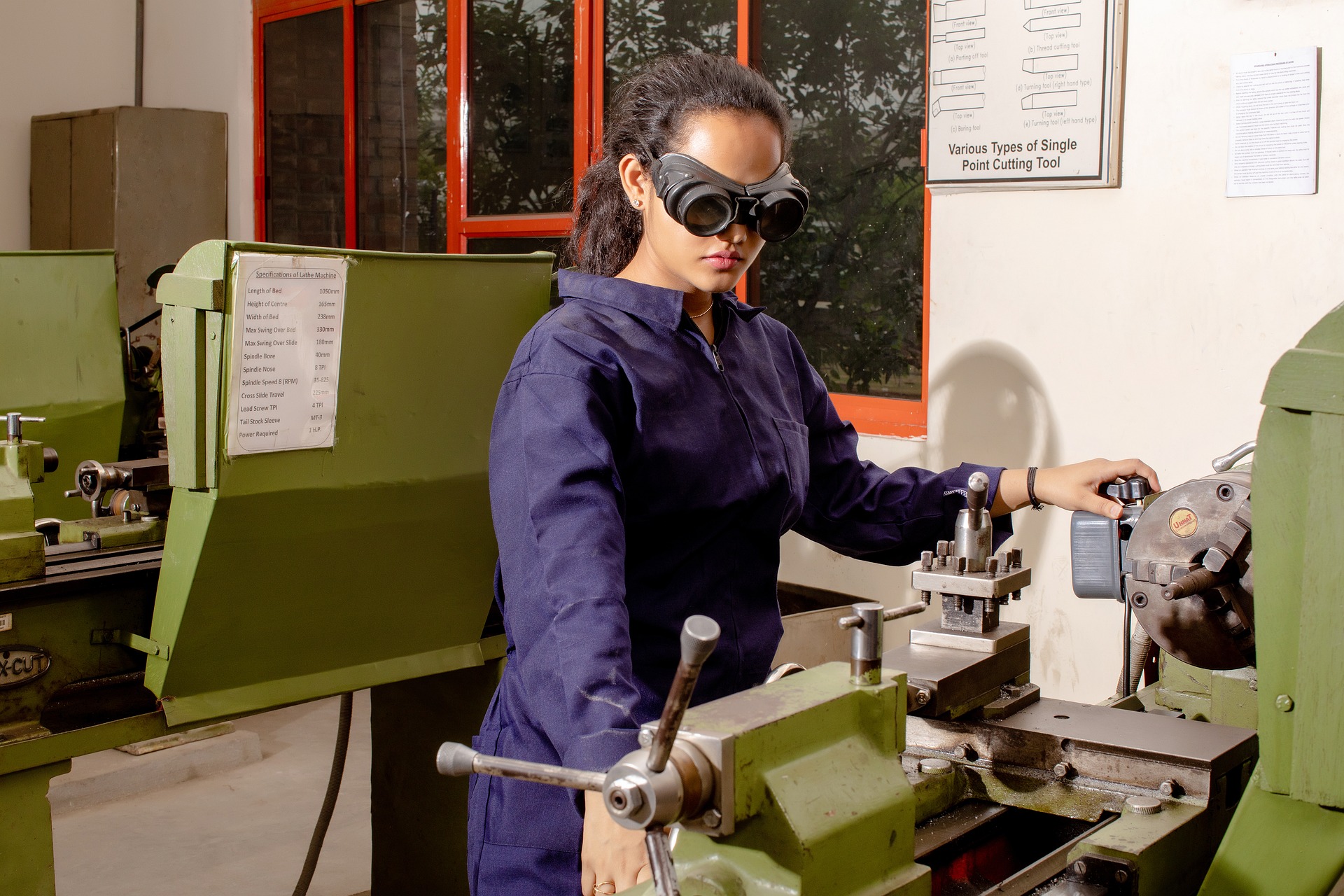Unveiling the Science Behind Eye Bags: Causes and Remedies
Your eyes are the windows to your soul, they say, but what if your windows are adorned with puffy, unsightly bags? Eye bags and dark circles have been a pervasive concern among both men and women, drawing the attention of skincare industry heavyweights and medical professionals alike. This article will delve into the reasons behind eye bags, their historical and social context, and the latest developments in their treatment.

The Origins of Eye Bags: A Biological Perspective
The formation of eye bags is often attributed to aging. As we age, the tissues around our eyes, including some of the muscles supporting our eyelids, weaken. Normal fat that helps support the eyes can then migrate forward into the lower eyelids, causing them to appear puffy. Simultaneously, fluid might accumulate in the space below your eyes, enhancing the ‘bag’ effect.
While age is a significant factor, there are other influences at play, including genetics, allergies, poor sleep, and lifestyle factors like diet and alcohol consumption.
Eye Bags in History and Culture: A Sign of Times?
Eye bags’ perception has fluctuated throughout history and across cultures. In ancient Egyptian society, for instance, eye bags were often depicted in sculptures and art as a sign of wisdom and experience. However, in contemporary Western culture, they are generally seen as a symbol of fatigue, poor health, or old age. This negative connotation has fueled the demand for solutions to this aesthetic concern.
Impact of Modern Lifestyle and Stress on Eye Bags
In today’s fast-paced world, stress, lack of sleep, and prolonged exposure to digital screens have exacerbated the prevalence of eye bags, especially among younger individuals. The rise of ‘Zoom fatigue’ during the Covid-19 pandemic – the exhaustion associated with excessive video conferencing – has further intensified focus on the eye area.
This modern lifestyle shift has left a significant impact on skincare and beauty trends. There’s been a surge in products targeting the eye area, from caffeine-infused eye creams to jade rollers and gua sha tools.
Scientific Advances in Eye Bag Treatments
The last few decades have witnessed remarkable strides in addressing eye bags. Early remedies, including cold compresses, cucumber slices, and tea bags, have given way to more sophisticated treatments.
Dermatologists now offer procedures like blepharoplasty, where excess skin, muscle, and sometimes fat are removed from the eyelids. Non-surgical alternatives include dermal fillers, which help to smooth the transition between the eye and the cheek, reducing the appearance of bags.
Skincare science, too, has evolved. Retinol, peptides, and hyaluronic acid, known for their anti-aging properties, are now common ingredients in eye creams. Advanced formulations also target specific concerns such as puffiness, dark circles, and fine lines.
Natural Remedies and Preventive Measures: A Sustainable Approach?
Despite the rise in medical procedures and high-tech skincare, there’s been a growing interest in natural remedies and preventive measures. This trend is partly driven by a broader cultural shift towards wellness and sustainability.
Regular exercise, a balanced diet, adequate hydration, and sleep are being touted as fundamental for healthy skin, including the eye area. Facial yoga, an emerging trend, includes exercises designed to stimulate blood flow and alleviate puffiness around the eyes.
The Future of Eye Bag Treatments
As more people seek solutions for eye bags, research and innovation in this area are likely to continue. However, it’s important to remember that our eyes don’t exist in isolation from the rest of our bodies or lives. Holistic approaches that consider overall health and well-being may provide the most sustainable route to bright, bag-free eyes.
While we may not be able to completely eradicate eye bags, understanding their causes and treatments can help us manage them effectively. Whether you opt for a surgical procedure, an innovative eye cream, or a good night’s sleep, make sure the choice reflects your individual needs and lifestyle. After all, beauty is in the eye of the beholder.





